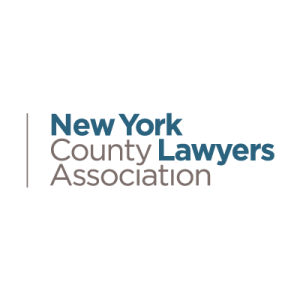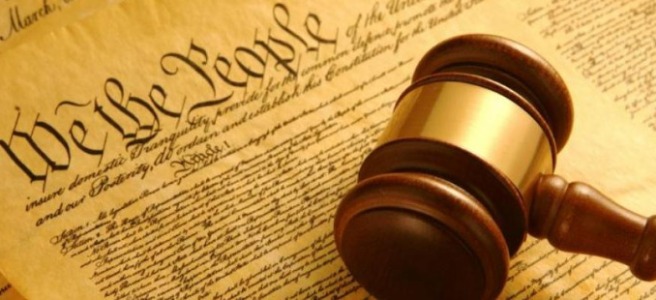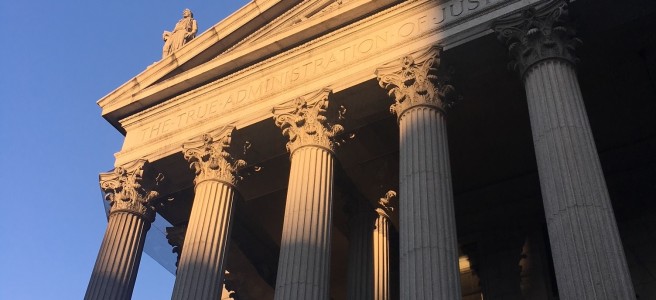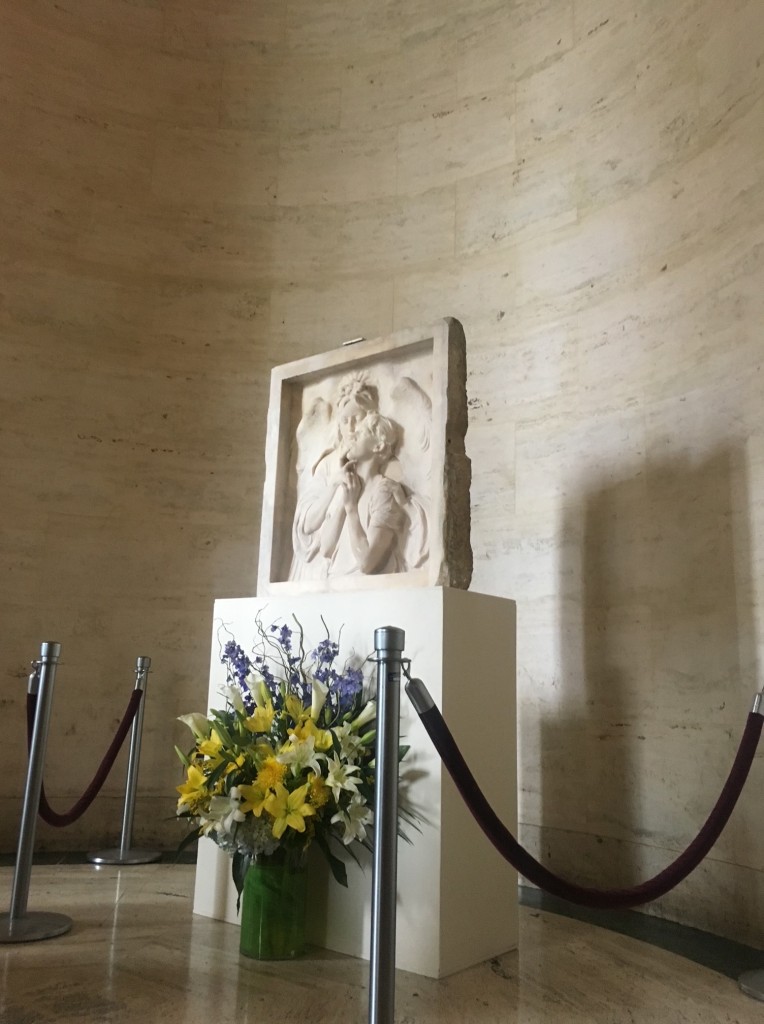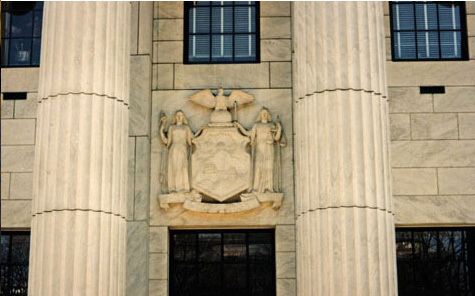On April 18, 2022, Judge Kathryn Kimball Mizelle, who is a district judge in Tampa, struck down the Biden Administration’s mask mandate, ruling that it was beyond the scope of the authorizing legislation, not entitled to Chevron deference; adopted without notice and comment; and arbitrary and capricious. The decision was and is, in my opinion, not just incorrect, but outrageously incorrect, an egregious example of textualism run amuck in support of a plainly motivated political agenda.
We all know about mask mandates, unless we’ve been living for the past two years under a rock. The Trump Administration refused to adopt one, and one of the first things the Biden Administration did was to reverse that. In this case the mandate applied to airplane and train travel and other forms of interstate transportation involving more than one driver in a vehicle. The authorizing legislation is Section 264(a) of the Public Health Services Act, which the judge declined to quote in full, perhaps for fear of exposing the weakness of her analysis. That section provides that the Surgeon General, with the approval of the Secretary of Health and Human Services, “is authorized to make and enforce such regulations as in his judgment are necessary to prevent the introduction, transmission, or spread of communicable diseases.” Hmmm. That sounds like it could apply to a mask mandate seeking to limit the spread of a virus. The next sentence provides: “For purposes of carrying out and enforcing such regulations, the Surgeon General may provide for such inspection, fumigation, disinfection, sanitation, pest extermination, destruction of animals or articles found to be so infected or contaminated as to be sources of dangerous infection to human beings, and other measures, as in his judgment may be necessary.” Hmmm again. That sentence would appear to cover a discretionary determination (“may”) to provide for masking to limit the spread of Covid, a communicable disease (“such…other measures, as in his judgment may be necessary”). So, both sentences seem to give the Secretary discretion to exercise judgment in adopting a mask mandate.
But Judge Mizelle disagreed. The starting point of her analysis, at page 11 of an overlong 59 page opinion, is that even if the first sentence is of Section 264(a) is a general authorization to limit the spread of communicable disease, the second sentence operates as a limitation on the first. Really? That’s not the only way to read the language. The second sentence provides examples, not limits.
She then goes on to say that the mask mandate isn’t an active measure like “fumigation, disinfection, sanitation, pest extermination, and destruction of contaminated articles.” Really, again? How can she ignore the permissive word “may”, or the permissive phrase “other measures, as in his judgment may be necessary.” She doesn’t even bother to refer to them. The omission is material, and disingenuous.
Instead, what she does is to reason that the mask mandate may be a little like sanitation, but then, quoting four dictionaries, says that “sanitation” is an act of removal or cleaning, sort of a mixed noun and verb. Again, really? I can read “sanitation” to cover putting a mask over one’s face to make an area more sanitary from a virus. Isn’t that why surgical personnel in an operating room wear masks?
She then runs on for 10 pages about Justice Scalia, textualism, context, sanitation being limited to cleaning measures, and other matters that aren’t necessarily completely beside the point, but don’t deal with the core problem, which is that the language of the statute also states that the government “may provide for such…other measures”, which could logically include a mask mandate, “as in his judgment may be necessary.” Isn’t that additional language “context” too? But to Judge Mizelle, all that “context” means is where the word “sanitation” is placed in the second sentence of Section 264(a), which she uses to conclude mask mandates can’t be “sanitation” because masks aren’t like “fumigation,” “disinfection” or “extermination.” But what about the “context” of the additional language she chooses to ignore? Or the “context” of Covid-19 and the public health purposes of the Public Health Services Act generally?
This decision, in my opinion, demonstrates the fraud that “textualism” can be used to perpetrate. By pretending that the text dictates the result, as if text were always a deus ex machina, conservative judges are able to strike down something they don’t like, while blaming someone else. “It wasn’t me, it was Congress.” Or the founders. Or the regulators. Anyone else but the judge who is unwilling to acknowledge that he or she is making a policy choice. That is especially true here, where it is evident that the text DOESN’T in fact dictate the result. Quite the opposite.
In fact we all start with the text when we do our analysis of any legal position, about a statute, a regulation or even a contract. That is what Justice Kagan meant when she said “we are all textualists now.” But then we think about context, and purpose, and intent, and…God forbid…even justice and fairness and public policy. Thinking about the mask mandate this way, Section 264 certainly seems to authorize a mask mandate to limit the spread of the coronavirus, especially when you consider the language that Judge Mizelle deceptively chose to ignore.
I will say that Judge Mizelle was perhaps on stronger ground in ruling that there was no basis for ignoring the 30-day notice and comment period set forth in the Administrative Procedures Act. The Biden Administration chose to forego that, when it could have enacted the mask mandate on an emergency basis during the notice and comment period while still allowing for notice and comment. It could also have done a better job setting forth the scientific and medical evidence that the mask mandate would be effective in accomplishing its objective. Either of those grounds for her ruling would have given the Biden Administration a do-over, but she did not permit that. So, the thrust of her ruling has to be based on what I regard as seriously misguided statutory interpretation.
Unfortunately in this day and age all judging has to be considered political. Sorry Justice Roberts but it’s true. Judge Mizelle clerked for Justice Clarence Thomas; her husband worked in the Trump Administration; she was appointed by President Trump; and the ABA found her to be unqualified, not due to lack of academic qualifications but rather due to lack of experience. So I have to conclude she was hostile to the very idea of a mask mandate and wanted to find a way to strike it down. And she did. But let’s not pretend that result was dictated by the text of the authorizing legislation. It was not.
We’re getting to the end of what people will accept by way of Covid-related restrictions anyway. Hopefully the pandemic really is winding down now, so it isn’t clear to me just how much Judge Mizelle’s ruling will really matter as a practical matter. There are few state or local mask mandates remaining in place. Personally I hate wearing masks. The real danger in Judge Mizelle’s ruling is the approach to textualism that it represents. Too many justices on the Supreme Court have tried to adopt the approach, which as you can tell I consider to be fundamentally misguided. Lower court rulings such as Judge Mizelle’s are the consequence.
Richard P. Swanson
Vice President, NYCLA
The views expressed here are my own, and do not necessarily represent or reflect the views of NYCLA, its affiliates, its officers or its Board.
